Old Crimea. The city of Stary Krym. Sights of Stary Krym
Joined the Golden Horde.
Initially, the city was called Kyrym, and then, at the behest of the Genoese, Italian settlers, it began to be called Solkhat. Later it was divided into two parts: Christian, where the Italians lived, and Muslim, where the emir's residence was located. This is how the double name of the city of Kyrym-Solkhat appeared.
Story
Thanks to the Italian merchants who were actively trading on the peninsula, Kyrym-Solkhat soon turned into a prosperous city and became the center of trade on the famous Silk Road connecting Asia and Europe. When it appeared, it was renamed Eski-Kyrym, which means "Old Kyrym", hence the current name Stary Krym.
Geography
The city is located next to Mount Agarmysh, which is the extreme eastern part of the Crimean mountain range, a ridge of gently sloping Crimean mountains. Since 1975, it has been an officially declared natural monument. To the east, the mountain range drops and turns into a plain. From this place towards the sea stretches a chain of small ridges arranged in a fan, interspersed with valleys. This array represents the Feodosia lowlands, the highest ranges are Biyuk-Yanyshar, Tepe-Oba and Uzun-Syrt.
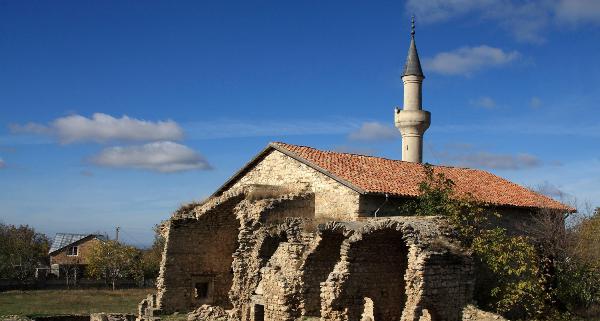
Location
On the eve of joining the Russian Empire, the Old Crimea, the map of which makes it possible to verify this, became a junction of several routes. The Simferopol-Feodosia road ran through the city center, along Ekaterininskaya Street. From the eastern outskirts of the city, the Georgievsky Valley, the road to the Zurichtal colony, the German estate, departed, and along the foot of Mount Agarmysh there was a path to Karasubazar, a large trading city. Another road started from Bakatashskaya Street and went to the Bulgarian town of Koktebel and the villages of Bakatash, Armatluk, Barakol and Imaret. And, finally, the last, fifth, connected the Old Crimea with the Armenian monastery.
Architecture
In the 19th century, the city began to be built up with Russian houses, respectable one-story mansions. Buildings were built from Ak-Monai shell rock, which was mined in abundance in quarries. When it became known about the forthcoming journey through the Crimea of the Russian Empress Catherine II, a palace and a fountain were built in the historical part of Stary Krym to receive her with honor. An Orthodox cathedral was also built there.
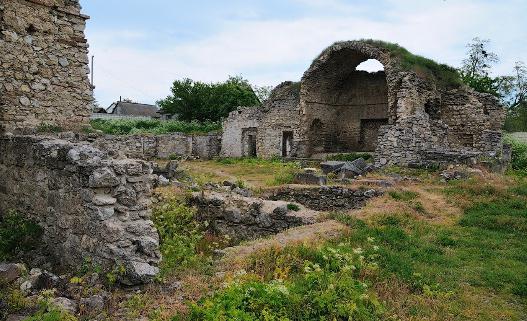
The city of Stary Krym consists of several districts with ethnographic features. Its center dates back to ancient times, the period before the invasion of the Tatars includes a medieval church, from which only ruins remain today. From the Middle Ages there are mosques, fountains and a caravanserai. All buildings are now ruins.
The entire northeastern zone is occupied by the Tatar part of the city. The main street - Mechetnaya - consists of small two-room adobe houses with clay floors. There is no ceiling in such buildings; on top there is a gable tiled roof. On the southeastern side of the Old Crimea live the Greeks, whose houses are more solid, built of stone, for the most part two-story. And between the Greek and Tatar quarters there are houses of the Armenian population, among which there is one dilapidated medieval church.
Population
The most modern was the western part of the Old Crimea, where country houses prevailed. Neat houses, built in the classical architectural style, were considered the decoration of the city. It is characteristic that many Russian artists, poets, writers provided their dachas for the use of the needy. For example, the dacha of the poetess K. Umanskaya became a boarding house for tuberculosis patients. Many wealthy residents of Moscow and St. Petersburg moved to Stary Krym, built houses and lived actively doing charity work.
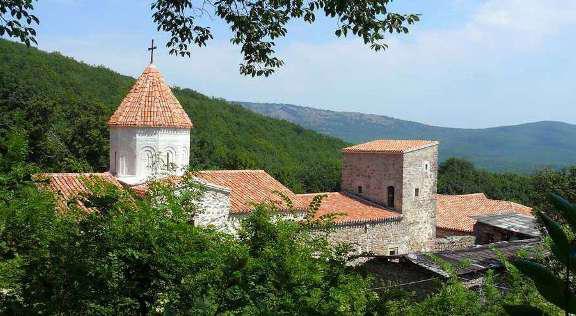
Russian country houses were concentrated on Bolgarskaya Street. Their architecture was varied. There was everything: from provincial classicism to modern. As a continuation of the quarters of Russian country houses, the cottages of the sanatorium were built, which was intended for people in need of treatment of internal diseases. To the west of the Russian suburban quarters, there was a whole colony of Bulgarian settlers, which was called so - Bolgarshchina. There were houses in the Bulgarian national style, a church and a school. Five fountains were constantly operating in the settlement, from which the inhabitants took water for household needs.
Bulgarian settlement
The Bulgarian colony lived its life quite apart, people tried to provide themselves with everything necessary. Each house had a barn for cattle, a cellar and a small barn. However, people did not avoid communication with other townspeople. On Sundays, the entire Old Crimea gathered for the Bulgarian fair, arranged on a small square near the church. Trade went briskly, new acquaintances were made, business ties were established. The personal life of the townspeople was no exception - mixed marriage happened quite often.
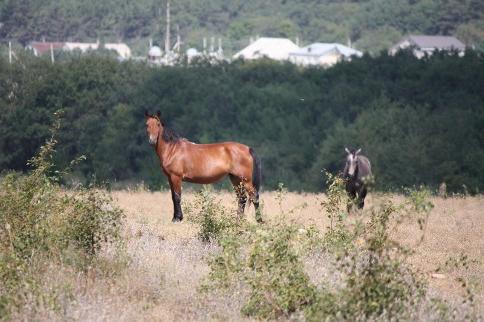
Sights of Stary Krym
The city has many attractions, the main of which are the buildings of the XIII-XIV centuries, when the former Kyrym was the center of the Crimean Yurt, the state of the Crimean Tatars. The mosque of Khan Uzbek is still operating. A little to the side is another mosque of Sultan Baibars, which is the most ancient religious building on the Crimean peninsula. To the east of the city center there was once a mint and a large caravanserai, which at one time could accommodate a hundred camels. There are also the ruins of the Kurshum-Jami mosque.
In the south-west direction, five kilometers from the city of Stary Krym, the photo of which is presented on the page, there is an Armenian monastery. It is called Surb Khach, which means "Holy Cross" in translation. The monastery is active, belongs to the Apostolic Armenian Church. There are also the ruins of another Armenian monastery - Surb Stefanos.
One of the main attractions of Stary Krym is Catherine's Mile, which is an exhibit of the city's literary museum. This is a stone column with a square base and an octagonal top, designed for a road and landscape starting point. In addition to this exhibit, there are four more pillars with similar names, all of them are located in the Crimea.
Not far from the city of Stary Krym, in a southerly direction, is the source of St. Panteleimon the Great Martyr. It is built into the chapel, which was restored in 2001 instead of the one that burned down in a fire in 1949.
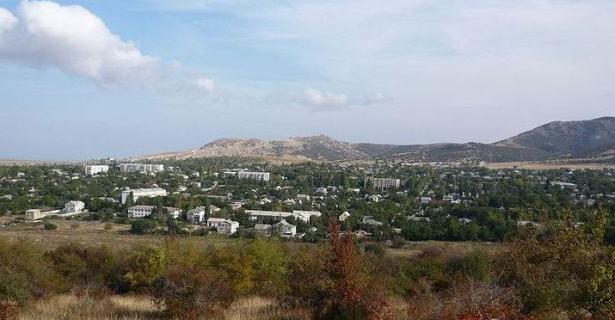
"Green's Road"
The most visited attraction in Stary Krym is Green's Road. The writer often walked along this path on foot to Koktebel, where his close friend Maximilian Voloshin lived at that time. Voloshin himself often walked along this road, and also on it one could meet the Tsvetaev sisters, Maria Zabolotskaya, Voloshin's wife, who loved to walk alone.
The old one, which was considered the best pastime, quickly became one of the most attractive cities of the Crimean peninsula, celebrities, writers, actors, and artists began to gather in it.
